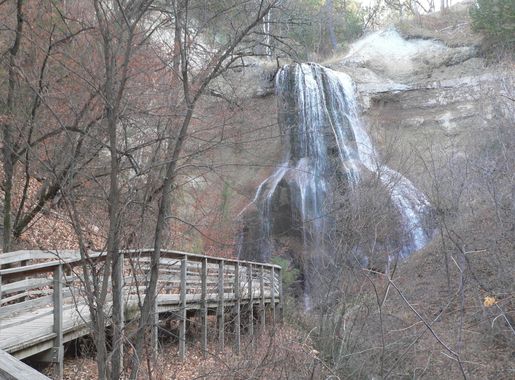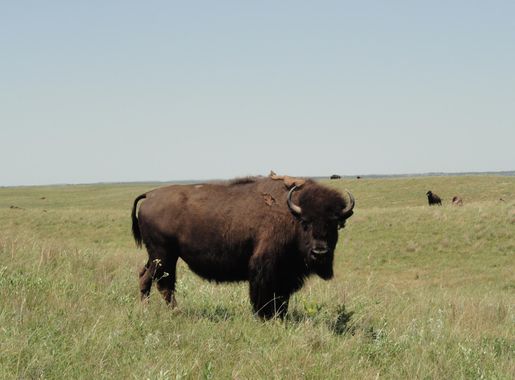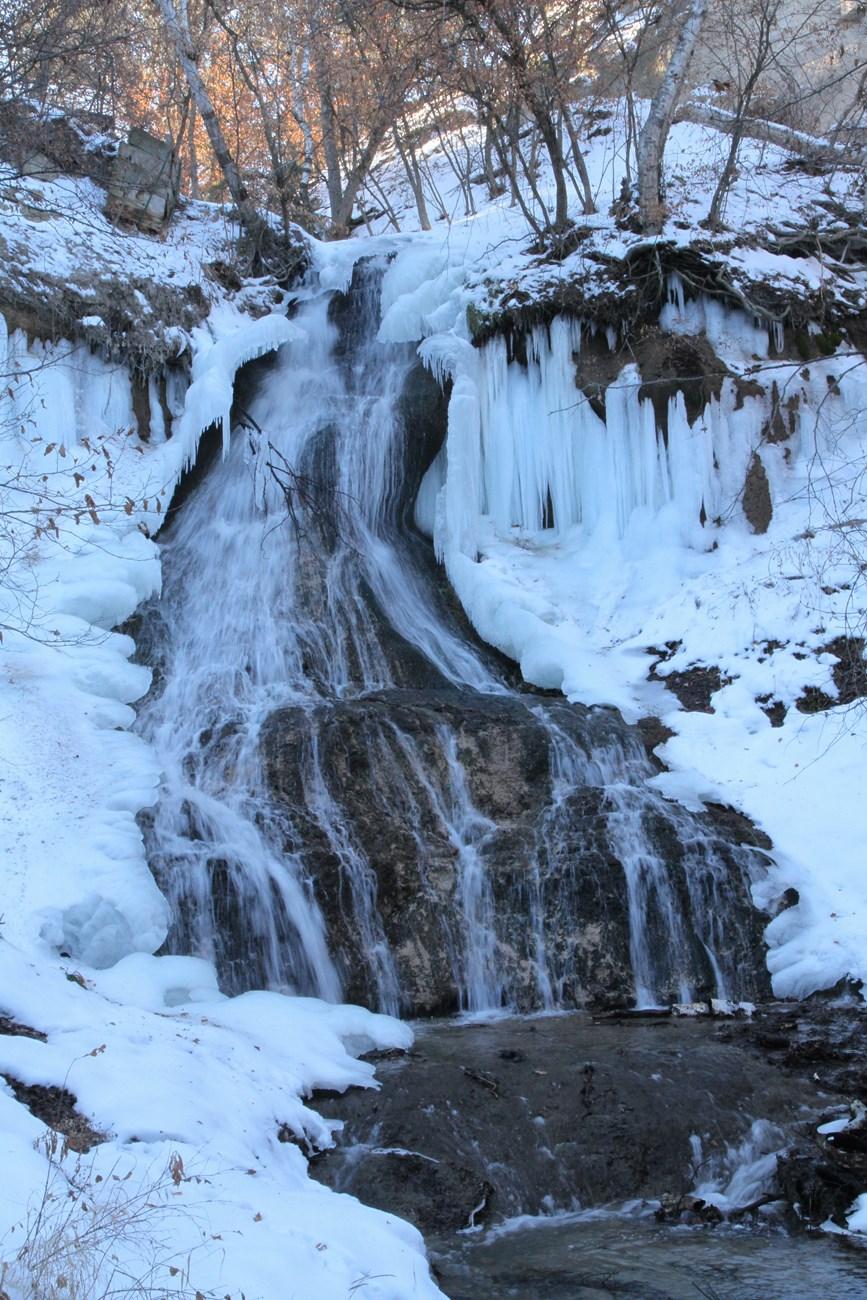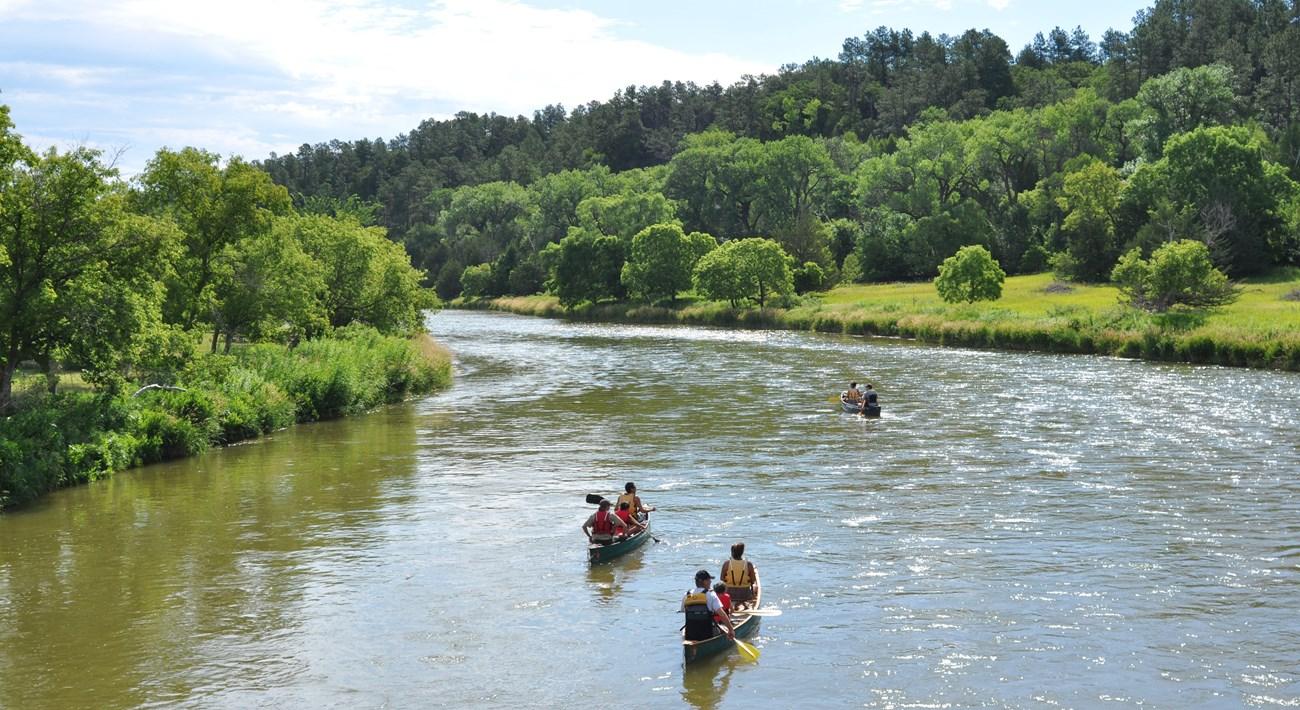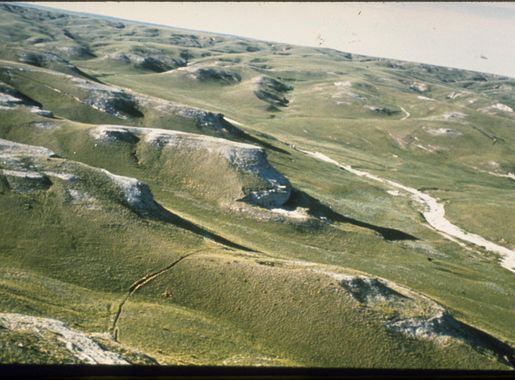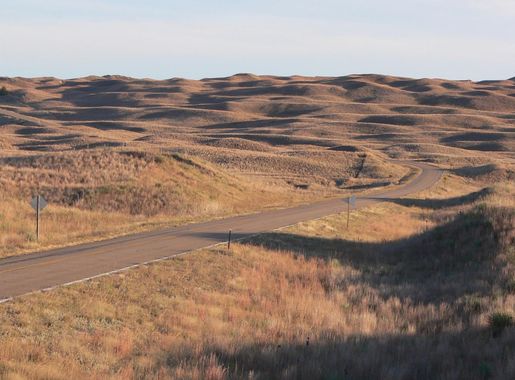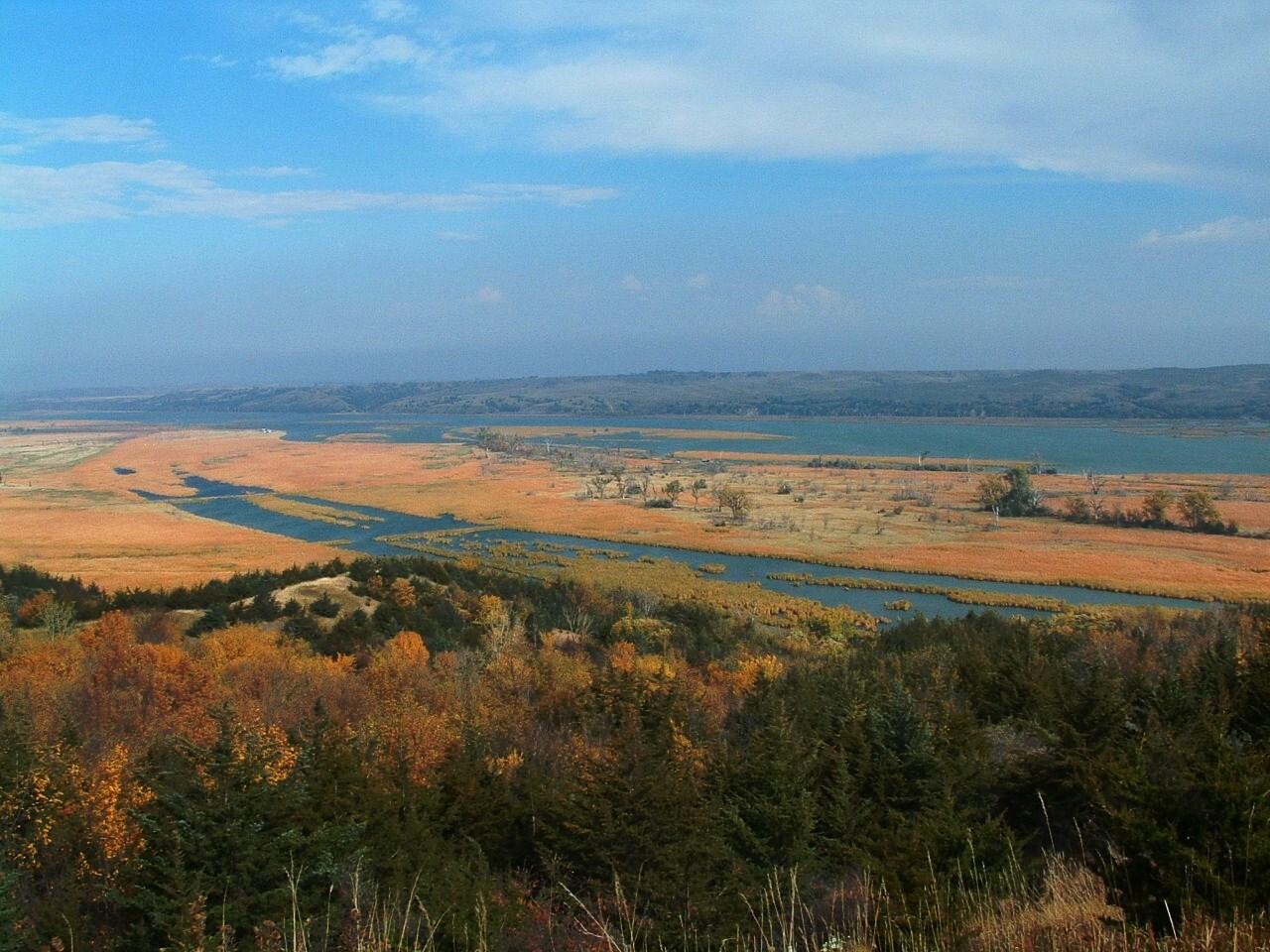
The Serene Wilderness of Niobrara River Valley
Discover the Niobrara River Valley: A Nebraska treasure offering serene landscapes, diverse wildlife, and rich history for an unforgettable nature escape.
The Niobrara River Valley in Nebraska is a hidden gem for nature lovers and adventure seekers alike. Stretching over 76 miles, this river valley offers a diverse array of natural beauty, from lush forests to rolling sandhills. The Niobrara River itself is a National Scenic River, renowned for its clear waters and gentle rapids, making it perfect for kayaking, canoeing, and tubing. Wildlife enthusiasts will be thrilled by the variety of animals that call this valley home. From bald eagles soaring overhead to bison grazing in the grasslands, the Niobrara River Valley provides ample opportunities for wildlife spotting and photography. The area is also rich in plant diversity, boasting over 200 species of plants, including rare orchids and prairie flowers. For those interested in history and culture, the Niobrara River Valley has much to offer. The valley is dotted with historical sites and landmarks, including ancient Native American hunting grounds and pioneer trails. Visitors can explore these sites on foot or by bike, immersing themselves in the rich history of the region. Whether you're looking to paddle down the river, hike through scenic trails, or simply relax and take in the breathtaking views, the Niobrara River Valley is a destination that promises tranquility and adventure in equal measure.
Local tips in Niobrara River Valley
- Visit in late spring or early summer for the best weather and most vibrant plant life.
- Bring binoculars for bird watching; the area is home to over 250 bird species.
- Rent a kayak or canoe in advance, especially during peak seasons.
- Wear comfortable hiking shoes if you plan to explore the trails.
- Pack a picnic and enjoy lunch by the river; there are several scenic spots perfect for a meal.
- Don't forget insect repellent, as mosquitoes can be prevalent near the water.
The Serene Wilderness of Niobrara River Valley
The Niobrara River Valley in Nebraska is a hidden gem for nature lovers and adventure seekers alike. Stretching over 76 miles, this river valley offers a diverse array of natural beauty, from lush forests to rolling sandhills. The Niobrara River itself is a National Scenic River, renowned for its clear waters and gentle rapids, making it perfect for kayaking, canoeing, and tubing. Wildlife enthusiasts will be thrilled by the variety of animals that call this valley home. From bald eagles soaring overhead to bison grazing in the grasslands, the Niobrara River Valley provides ample opportunities for wildlife spotting and photography. The area is also rich in plant diversity, boasting over 200 species of plants, including rare orchids and prairie flowers. For those interested in history and culture, the Niobrara River Valley has much to offer. The valley is dotted with historical sites and landmarks, including ancient Native American hunting grounds and pioneer trails. Visitors can explore these sites on foot or by bike, immersing themselves in the rich history of the region. Whether you're looking to paddle down the river, hike through scenic trails, or simply relax and take in the breathtaking views, the Niobrara River Valley is a destination that promises tranquility and adventure in equal measure.
When is the best time to go to Niobrara River Valley?
Iconic landmarks you can’t miss
Niobrara State Park
Discover the breathtaking landscapes and outdoor adventures at Niobrara State Park, a premier destination for nature lovers in Nebraska.
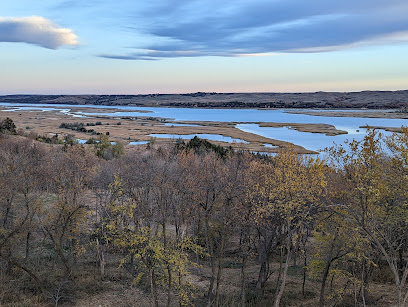
Fort Niobrara National Wildlife Refuge
Explore the stunning landscapes and diverse wildlife of Fort Niobrara National Wildlife Refuge, a serene escape into nature's beauty in Nebraska.
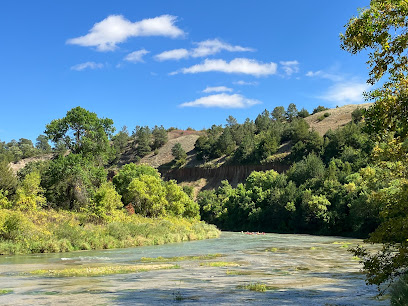
Niobrara National Scenic River Visitor Center
Explore the breathtaking beauty and rich heritage at the Niobrara National Scenic River Visitor Center in Valentine, Nebraska.
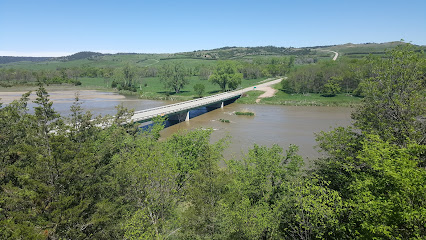
Niobrara Valley Preserve
Explore the breathtaking Niobrara Valley Preserve, a nature lover's paradise with diverse ecosystems and stunning outdoor activities.
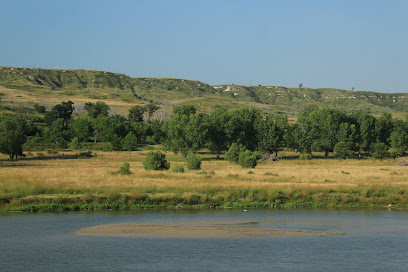
Niobrara Museum
Explore the rich history and culture of Niobrara, Nebraska, at the charming Niobrara Museum, a treasure trove of local heritage.
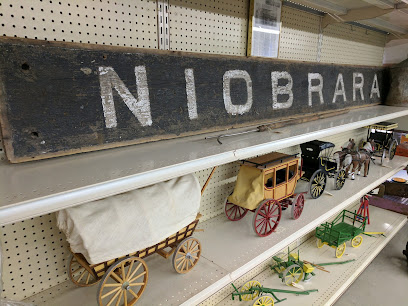
Kreycik Riverview Elk Ranch
Experience the beauty of nature at Kreycik Riverview Elk Ranch, where majestic elk roam free in a stunning Nebraska landscape.

Mormon Monument
Explore the historical significance of the Mormon Monument in Niobrara, Nebraska, a testament to the pioneering spirit and rich heritage.
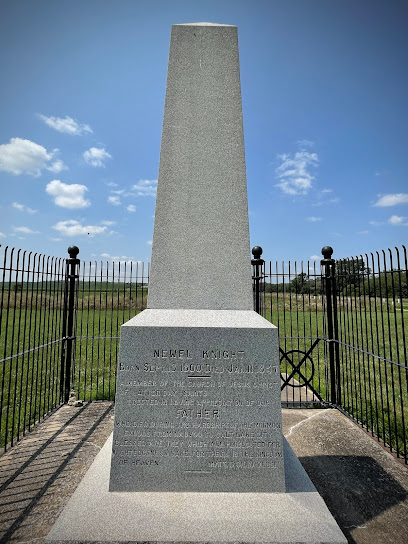
The Sage Brothers
Explore The Sage Brothers in Niobrara, Nebraska, a historical landmark celebrating the legacy of its influential figures and the rich community heritage.
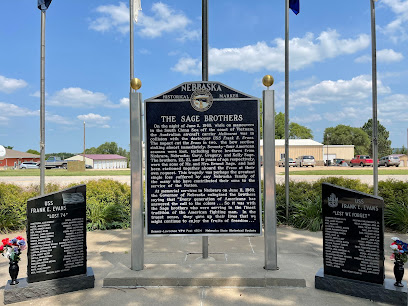
Unmissable attractions to see
Smith Falls
Experience the breathtaking beauty of Smith Falls, Nebraska's tallest waterfall, nestled along the scenic Niobrara River for an unforgettable outdoor adventure.
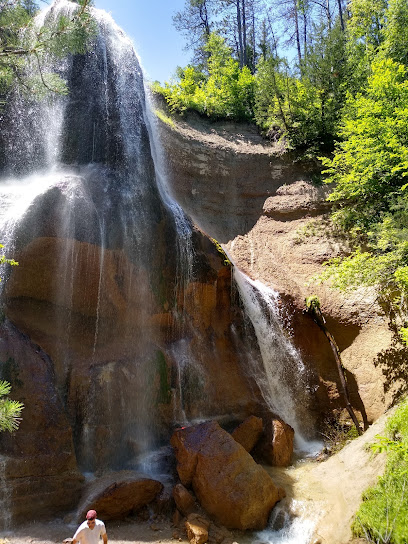
Niobrara Valley Vineyards
Experience the flavors of Nebraska at Niobrara Valley Vineyards, where exquisite wines and local cuisine come together in stunning surroundings.
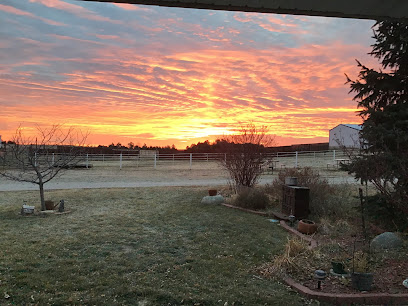
Little Outlaw Canoes, Tubes & Kayaks
Experience the thrill of paddling through Nebraska's scenic landscapes with Little Outlaw Canoes, Tubes & Kayaks - the ultimate adventure destination.
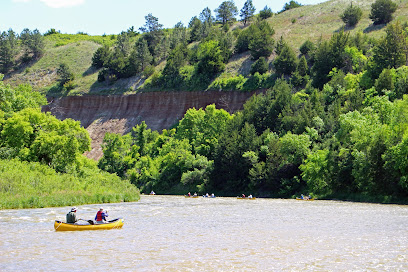
Bryan Bridge
Explore the architectural beauty of Bryan Bridge in Valentine, Nebraska, a stunning destination for photography, nature walks, and local history.
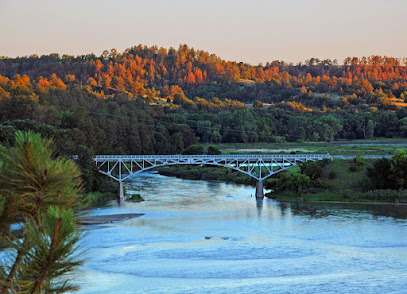
Niobrara Adventures
Experience the beauty of nature at Niobrara Adventures Campground, where adventure and relaxation await in the heart of Nebraska's wilderness.
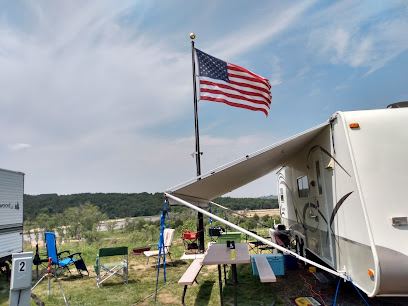
Niobrara State Park Lodge
Explore the serene beauty of Niobrara State Park Lodge, a perfect escape for outdoor enthusiasts in Nebraska, featuring hiking, fishing, and breathtaking views.
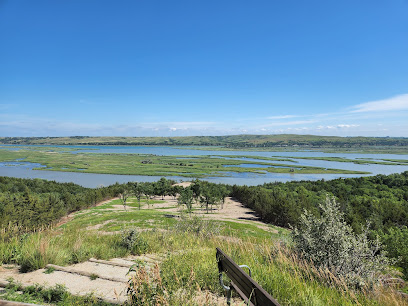
Visitor Center - Niobrara State Park
Explore the wonders of nature at the Niobrara State Park Visitor Center, your gateway to outdoor adventures in Nebraska's scenic landscapes.

Niobrara Riverview Retreats
Experience the tranquil beauty of the Niobrara River at Niobrara Riverview Retreats, your perfect getaway for relaxation and outdoor adventures.
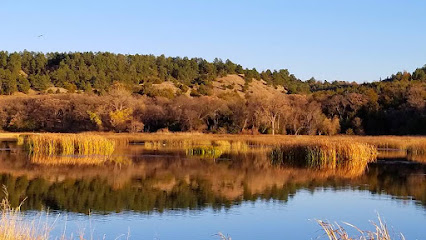
Kreycik Riverview Elk Ranch
Discover the beauty of wildlife at Kreycik Riverview Elk Ranch in Nebraska, where majestic elk roam free amidst stunning natural scenery.

Mormon Monument
Explore the Mormon Monument in Niobrara, Nebraska, a historical landmark that reveals the stories of early American settlers in a serene natural setting.
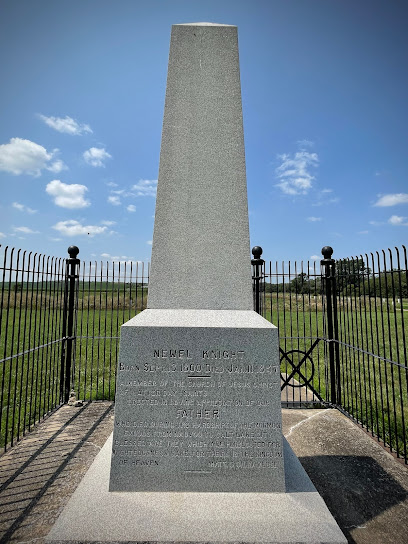
The Sage Brothers
Discover the historical charm of The Sage Brothers in Niobrara, Nebraska, where local heritage and captivating stories come to life.
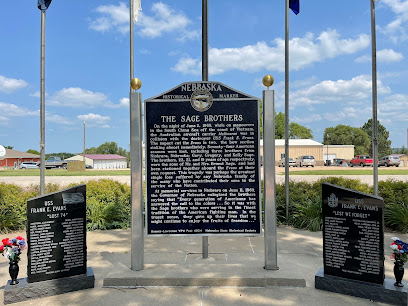
Essential places to dine
Country Cafe
Experience authentic American comfort food at Country Cafe in Niobrara - where every meal tells a story.
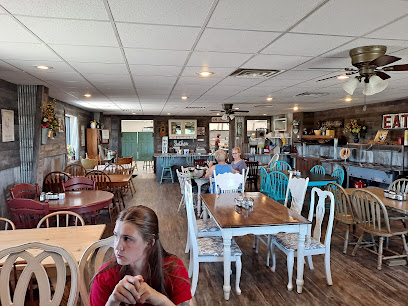
Sportsmen's Bar and Two Rivers Coffee
Experience local flavors at Sportsmen's Bar and Two Rivers Coffee in Niobrara - a perfect blend of delicious dining and rustic charm.
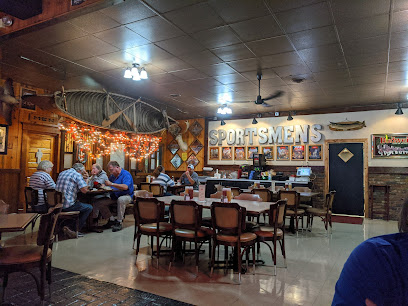
Jimmy Dean's Bar & Grill
Discover delicious Midwestern cuisine at Jimmy Dean's Bar & Grill in Niobrara – where friendly service meets hearty meals.

Markets, malls and hidden boutiques
Niobrara Market
Explore the heart of Nebraska at Niobrara Market, where local flavors and friendly service create an unforgettable grocery experience.
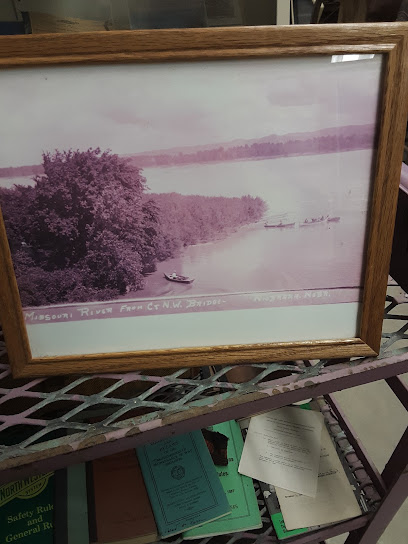
Niobrara Valley Preserve
Explore the breathtaking landscapes and diverse wildlife of Niobrara Valley Preserve in Nebraska, a true nature lover's paradise.
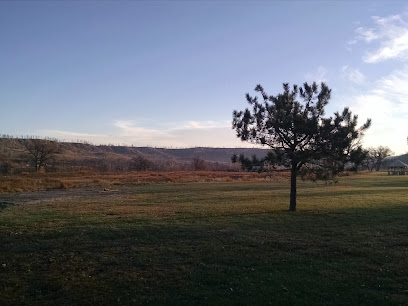
Essential bars & hidden hideouts
Country Cafe
Experience the heart of American dining at Country Cafe, where comfort food meets a welcoming atmosphere in Niobrara, Nebraska.

Sportsmen's Bar and Two Rivers Coffee
Experience the charm of Niobrara at Sportsmen's Bar and Two Rivers Coffee, where local flavors meet warm hospitality in a cozy setting.
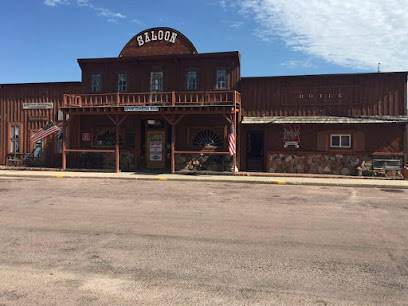
Jimmy Dean's Bar & Grill
Experience the heart of American cuisine at Jimmy Dean's Bar & Grill in Niobrara, Nebraska, where delicious meals and friendly service await you.
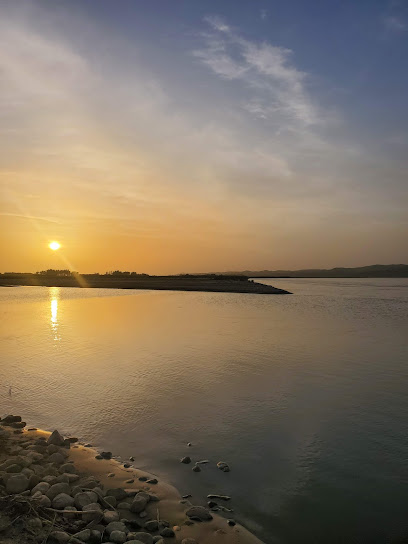
Sportsmen's Bar
Discover the cozy charm of Sportsmen's Bar in Niobrara, Nebraska, where friendly faces and refreshing drinks await you.
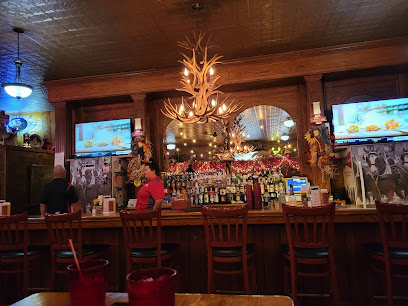
Local Phrases about Niobrara River Valley
-
- HelloHowdy
[hah-dee] - GoodbyeSee ya later
[see yuh lay-ter] - YesYup
[yuhp] - NoNah
[nuh] - Please/You're welcomePlease
[pleez] - Thank youThanks
[th-anks] - Excuse me/SorrySorry
[saw-ree] - How are you?How ya doin'?
[hah-yuh doo-in] - Fine. And you?All good. You?
[awl good. yuh?] - Do you speak English?Y'all speak English?
[yaw-l speak ing-glish] - I don't understandI reckon I don't get it
[ah reh-ckon eye dohn't get it]
- HelloHowdy
-
- I'd like to see the menu, pleaseCan I take a gander at the menu, please
[kan eye take uh gan-der at the menu pleez] - I don't eat meatI don't fancy no meat
[ah dohn't fan-see noh meat] - Cheers!Cheers!
[cheers] - I would like to pay, pleaseI reckon I'll settle up, please
[ah reh-ckon eye'll set-ul up pleez]
- I'd like to see the menu, pleaseCan I take a gander at the menu, please
-
- Help!Help!
[help] - Go away!Git!
[git] - Call the Police!Get the Sheriff!
[get th-uh sher-iff] - Call a doctor!Fetch the Doc!
[fetch th-uh doc] - I'm lostI'm turned around
[ahm turned uh-round] - I'm illI'm feelin' poorly
[ahm feelin poor-lee]
- Help!Help!
-
- I'd like to buy...I'm fixin' to purchase...
[ah'm fiks-in toh pur-chess] - I'm just lookingI'm just browsin'
[ahm just brow-sin] - How much is it?What's the damage?
[wuts th-uh dam-age] - That's too expensiveThat's a bit steep
[thats uh bit steep] - Can you lower the price?Can ya knock a bit off?
[kan yuh nahk uh bit off]
- I'd like to buy...I'm fixin' to purchase...
-
- What time is it?What's the hour?
[wuts th-uh our] - It's one o'clockIt's one
[its one] - Half past (10)Half past ten
[haff past ten] - MorningMornin'
[morn-in] - AfternoonAfternoon
[after-noon] - EveningEvenin'
[even-in] - YesterdayYest'day
[yest-dey] - TodayToday
[toh-day] - TomorrowTomorrah
[tom-or-rah] - 1One
[wun] - 2Two
[too] - 3Three
[three] - 4Four
[for] - 5Five
[fahv] - 6Six
[siks] - 7Seven
[sev-un] - 8Eight
[ayt] - 9Nine
[nine] - 10Ten
[ten]
- What time is it?What's the hour?
-
- Where's a/the...?Where's the...
[wheres th-uh] - What's the address?What's the street?
[wuts th-uh street] - Can you show me (on the map)?Can ya pint it out (on the map)?
[kan yuh pint it out (on th-uh map)] - When's the next (bus)?When's the next stage?
[whens th-uh next stage] - A ticket (to ....)A pass (to ...)
[uh pass (to)]
- Where's a/the...?Where's the...
History of Niobrara River Valley
-
The Niobrara River Valley has been home to various indigenous tribes for thousands of years. The Ponca, Omaha, and Lakota Sioux were some of the tribes that lived in the area, thriving on the rich natural resources provided by the river and surrounding prairies. These tribes hunted bison, fished the river, and practiced agriculture, growing crops like maize, beans, and squash.
-
In 1804, the famous Lewis and Clark Expedition passed through the Niobrara River Valley. As part of their journey to explore the newly acquired Louisiana Purchase, they documented the flora, fauna, and native peoples of the area. Their journals provide a valuable historical record of the Niobrara River Valley during this period of early American exploration.
-
Established in 1879, Fort Niobrara was a U.S. Army post built to protect settlers and maintain peace among the various indigenous tribes. The fort played a significant role during the Indian Wars, serving as a base for military campaigns and a location for peace negotiations. Today, it is part of the Fort Niobrara National Wildlife Refuge, offering a glimpse into its historical past.
-
In 1877, the U.S. government forcibly removed the Ponca Tribe from their homeland in the Niobrara River Valley to Indian Territory (present-day Oklahoma). This tragic event, known as the Ponca Trail of Tears, resulted in significant suffering and loss for the Ponca people. The tribe’s struggle for justice led to landmark legal battles, including Standing Bear v. Crook, which recognized Native Americans as persons under U.S. law.
-
The passage of the Homestead Act in 1862 encouraged European settlers to move to the Niobrara River Valley, drawn by the promise of free land. These settlers established farms, ranches, and small communities, transforming the landscape and contributing to the region’s development. The blending of different cultures and traditions enriched the local heritage.
-
In 1991, a 76-mile stretch of the Niobrara River was designated as a National Scenic River by the U.S. Congress. This designation aimed to protect the river’s outstandingly remarkable values, including its diverse ecosystems, unique geologic formations, and cultural history. The Niobrara National Scenic River offers recreational opportunities like canoeing, fishing, and wildlife viewing, attracting visitors from across the country.
Niobrara River Valley Essentials
-
The Niobrara River Valley is located in northern Nebraska, United States. The closest major airports are Eppley Airfield in Omaha and Lincoln Airport, both around 3.5 to 4.5 hours' drive away. From these airports, you can rent a car or take a bus to reach the valley. The area is also accessible by car from major cities like Denver, Kansas City, and Minneapolis, making it a feasible road trip destination.
-
Once you arrive in the Niobrara River Valley, the most convenient way to get around is by car. There are rental car services available at major airports and in nearby cities. For those who prefer not to drive, local tour operators offer guided tours, and some accommodations provide shuttle services to popular attractions. Biking and hiking are also popular ways to explore the valley, especially within the Niobrara National Scenic River area.
-
The official currency in the United States is the US Dollar (USD). Credit cards are widely accepted in most hotels, restaurants, and shops in the Niobrara River Valley. However, it's advisable to carry some cash, especially when visiting smaller establishments or remote areas where card payments may not be available. ATMs can be found in nearby towns, but it's a good idea to withdraw enough cash before embarking on your journey.
-
The Niobrara River Valley is generally a safe destination for tourists. However, like any travel destination, it's important to take standard precautions. Avoid isolated areas at night and always keep an eye on your belongings. While the valley does not have specific high-crime areas targeting tourists, it's wise to stay vigilant, especially in crowded places. If you're planning outdoor activities, ensure you're well-prepared and aware of the local wildlife and weather conditions.
-
In case of emergency, dial 911 for immediate assistance. Local emergency services, including police, fire, and medical facilities, are available in the nearby towns. It's recommended to have travel insurance that covers medical emergencies. For minor health issues, there are pharmacies in the area where you can purchase over-the-counter medications. Always carry a basic first aid kit, especially if you plan to engage in outdoor activities.
-
Fashion: Do wear comfortable and weather-appropriate clothing, especially if you plan to engage in outdoor activities. Avoid wearing open-toed shoes on hiking trails. Religion: Do respect local customs and traditions. Some areas may have historical or cultural significance; be mindful of this. Public Transport: Do follow local etiquette and be considerate of other passengers. Don't rely solely on public transport, as it may be limited. Greetings: Do greet people with a friendly 'hello' or a nod. Locals are generally welcoming and appreciative of good manners. Eating & Drinking: Do try local cuisine and be mindful of waste disposal. Don't litter, especially in natural areas, to help preserve the environment.
-
To experience the Niobrara River Valley like a local, consider visiting during off-peak seasons to avoid crowds and enjoy a more peaceful environment. Engage with local guides and residents who can provide insights into the area's history, wildlife, and best-kept secrets. Don't miss out on exploring the scenic river by canoe or kayak, which offers a unique perspective of the valley. Additionally, participating in local events and festivals can enhance your cultural experience.
Nearby Cities to Niobrara River Valley
-
Things To Do in Sioux City
-
Things To Do in Sioux Falls
-
Things To Do in Brookings
-
Things To Do in Grand Island
-
Things To Do in Omaha
-
Things To Do in Lincoln
-
Things To Do in Council Bluffs
-
Things To Do in Kearney
-
Things To Do in Watertown
-
Things To Do in Pierre
-
Things To Do in North Platte
-
Things To Do in Fort Dodge
-
Things To Do in Mankato
-
Things To Do in Ames
-
Things To Do in Urbandale

